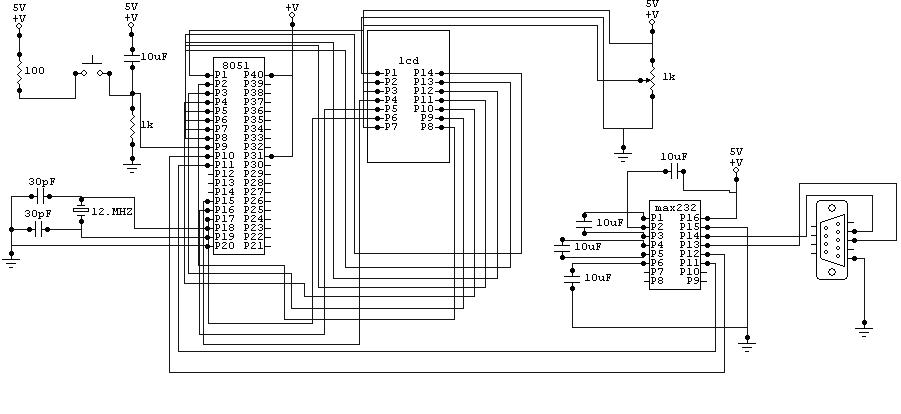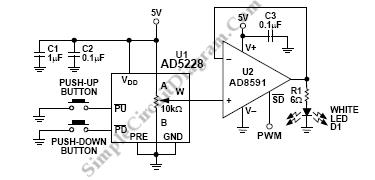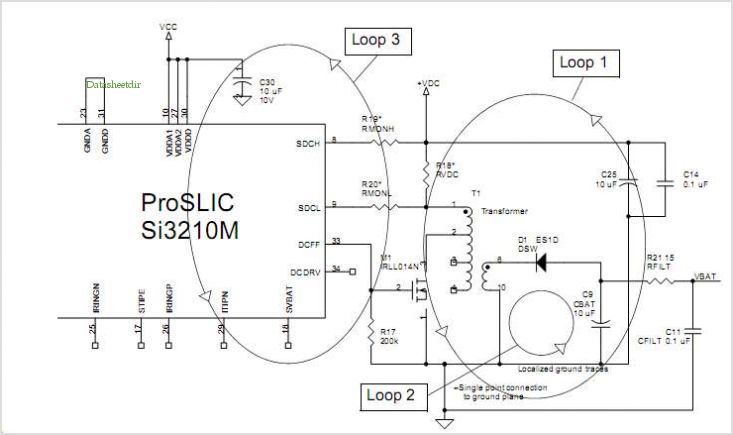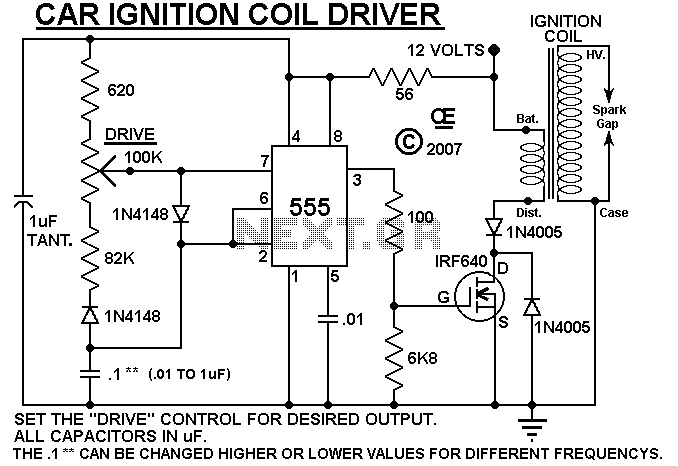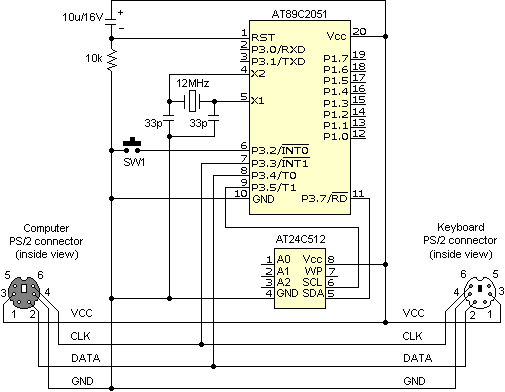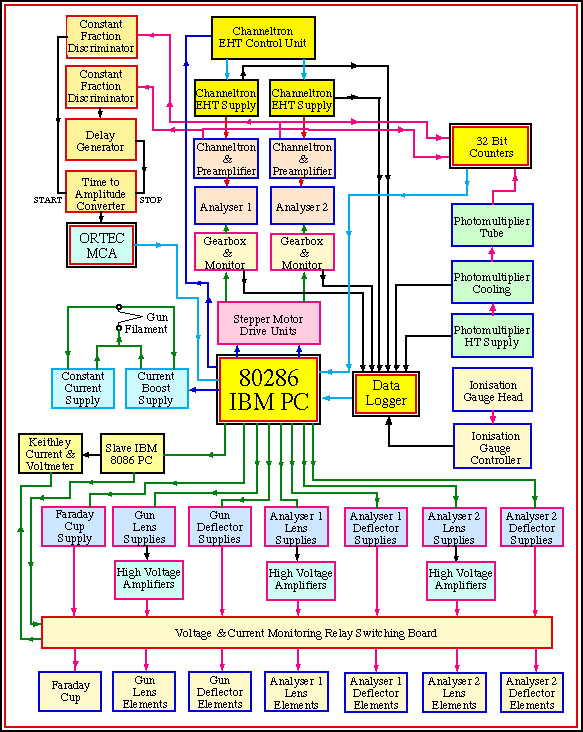
MS1/Extra Ignition Hardware Manual

The V2.2 PCB features four spare connectors (X11 to X14) that can be utilized for various inputs and outputs, as they are conveniently accessible on the 37-pin DB connector. Similarly, the V3.0 PCB includes four spare connectors (SPR1 to SPR4) for various circuit inputs and outputs, also conveniently located on the 37-pin DB connector. It is important to note that the V3.57 PCB lacks a prototyping area, and its components are quite small. Soldering wires onto the board for spark outputs or hardware options requires meticulous care. Removal of some parts may be necessary, which can be challenging with surface mount components, and manuals should not cover such modifications due to the risk of damage. A daughter board will need to be constructed to accommodate hardware options since the V3.57 does not provide a prototyping area. It is assumed that users of the V3.57 will not modify it to utilize hardware functions such as Tacho output, PWM idle valves, boost control, and launch input. For configurations requiring more than two spark outputs, the DB15 connector should be used, ensuring that traces on the board are reinforced with copper wire or solder directly to the pin. The outputs should be connected in pairs of pins as per the provided instructions. It is noteworthy that the JS0 - JS11 pads are electrically identical to those on the V3.0 PCB, as are the SPR1 - SPR4 pads, allowing for the same usage as the V3.0 PCB. An additional pad, JS12, corresponds to the bottom of resistor R1 on the V3.0 PCB, but R1 must be removed to utilize it on the V3.57. This mode is designed for use with a single coil distributor, enabling timing control for configurations where a single coil fires through a distributor, such as with an MSD 6A amplifier. This mode requires one trigger per spark event, which translates to two pulses from a crank on a four-cylinder engine or four pulses from the distributor. For engines equipped with a toothed wheel (e.g., 60-2, 24/2, 36-1), the MSnS mode should not be used; instead, the wheel decoder mode must be configured, selecting SparkA as the only spark output while using the distributor. A locked distributor has mechanical and vacuum advance either removed or locked, ensuring that the trigger signal occurs at a consistent crankshaft angle across all RPMs. Many EFI vehicles with distributors already feature a locked distributor. Crank triggering offers more stable timing as it eliminates jitter from timing chains or belts. For a four-cylinder engine, two signal pulses at 180 degrees apart are needed, while a six-cylinder engine requires three pulses at 120-degree intervals and a V8 requires four pulses at 90-degree intervals. The V3 circuit board is capable of directly reading from a VR sensor and includes a VB921 high-current driver that can directly drive a single coil, negating the need for an amplifier or dwell controller. When using a crank trigger, modification of the distributor is unnecessary; however, it is crucial to ensure that the internal rotor aligns with one of the towers when the engine is near the firing angle. If the rotor is positioned halfway, cross-firing between cylinders may occur. It is critical to avoid setting the total trigger angle (i.e., trigger angle plus any additions) within the range of 20 to 50 degrees, as this may lead to problems and hinder the desired advance. If the calculated trigger angle falls within this range, either the crank sensor or wheel must be repositioned, or the distributor must be modified to achieve a compatible trigger angle. This requirement stems from the ECU's method of calculating the spark timing.
The V2.2 and V3.0 PCBs are designed with spare connectors that facilitate the integration of various input and output devices, enhancing the versatility of the circuits. The 37-pin DB connector serves as a central interface, allowing for easy connectivity and expansion of the system. The absence of a prototyping area on the V3.57 PCB necessitates careful planning for any additional hardware modifications. Users are advised to create a daughter board to house any extra components needed for specific functionality, such as advanced ignition control or additional sensor inputs.
When working with the V3.57, attention must be given to the physical layout of the components, as the small size can complicate soldering and rework. Users should be equipped with appropriate tools and techniques to ensure reliable connections without damaging the PCB. The requirement for reinforcing traces is critical, especially in high-current applications where electrical integrity is paramount.
The timing control features provided by the V3.57 PCB are particularly beneficial for performance applications. The ability to utilize a single coil distributor with precise timing adjustments allows for enhanced engine performance and efficiency. The configuration of the crank trigger system must be executed with precision to ensure optimal firing sequences, which is vital for preventing misfires and optimizing combustion.
The detailed specifications regarding pulse requirements for various engine configurations highlight the importance of accurate signal generation and processing. The V3 board's compatibility with VR sensors and its built-in high-current driver simplifies the ignition system design, making it suitable for a range of automotive applications. Overall, the V2.2, V3.0, and V3.57 PCBs offer robust solutions for engine management and control, with careful consideration needed for installation and modifications to maximize their potential.The V2. 2 PCB has 4 spare connectors (X11 to X14) these can be used for various inputs and outputs for the following circuits as they are conveniently available on the 37pin DB connector: The V3. 0 PCB has 4 spare connectors (SPR1 to 4) these can be used for various inputs and outputs for the following circuits as they are conveniently available on
the 37pin DB connector: As can be seen, theres no proto area on the V3. 57 and the components are very small. So soldering wires onto the board for spark outputs, hardware options, etc, is going to need a great deal of care. You may even have to remove some parts, which is not easily done to surface mount components, so I don`t feel these manuals should cover doing this, as damage is very easy to do.
Also a daughter board will need to be built if you want some of the hardware options as theres no proto area to build on. I have therefore assumed if you bought a V3. 57 that you will not be modifying it to use the hardware functions such as Tacho out, PWM Idle valves, Boost control, Launch input, etc, etc.
If you do wish to use these then you will have to build a daughter board of some form to mount the components on. If you use more than 2 spark outputs youll need to use the db15 connector, but ensure you strengthen the traces on the board with copper wire or solder to the pin directly, also connect the outputs in pairs of pins, as per the instructions HERE.
Note that the JS0 - JS11 pads are all electrically the same as the V3. 0 PCB as are the SPR1 - 4 pads, so they can be used in the same way as the V3. 0 PCB. The addition is JS12 which is the same as the bottom of R1 on the V3. 0 pcb, but R1 will still need to be removed to use it on the V3. 57, so be very very carefull ! This mode is for use with a single coil distributor allowing you to control your timing if you have a single coil firing through a distributor, an MSD 6A amplifier, etc. This mode requires ONE Trigger per Spark Event, e. g. 2 pulses from a crank on a 4cy or 4 pulses from the disrtibutor on a 4cy (distributor runs at half the speed of the crank), 4 pulses from the crank on a V8 or 8 from the distributor on a V8, etc.
If your engine has a toothed wheel (e. g. a 60-2, 24/2, 36-1, etc) then you must NOT use MSnS mode, setup the WHEEL DECODER MODE instead, and select SparkA as the only spark output whilst using the distributor. A locked distributor is one that has mechanical and vacuum advance either removed or "locked" out so that the trigger signal occurs at the same crankshaft angle at all rpms.
Many distributor cars with EFI already have a locked distributor. Crank triggering provides a more stable advance as there is no timing chain or belt and distributor gear jitter. For a four cylinder engine you would require two pips/lobes or bolt heads (giving 2 signal pulses) at 180 degrees to each other and a VR / hall sensor, for a 6cy you will need 3 pulses per crank revolution at 120deg intervals and 4 for a V8 at 90deg intervals.
(note that a crank rotates at half the speed of the cam drive). The V3 circuit board can directly read from a VR sensor. The V3 board also provides a VB921 high current driver that will drive your single coil directly, this means you dont need an amplifier/dwell controller. If you use a crank trigger you do not need to modify your distributor. Just make sure that the internal rotor points towards one of the towers when the engine is roughly in the firing angle - if it is halfway you can easily get cross-firing between cylinders.
IMPORTANT - do NOT set your total Trigger Angle (i. e. Trigger Angle plus additions) inbetween the range 20 to 50 degrees as you will encounter problems and be unable to get your desired advance. If this is the Trigger Angle you calculate then you either need to move your crank sensor/wheel or modify your distributor to obtain a compatible trigger angle.
This is due to the way the ECU calculates the spark 🔗 External reference
The V2.2 and V3.0 PCBs are designed with spare connectors that facilitate the integration of various input and output devices, enhancing the versatility of the circuits. The 37-pin DB connector serves as a central interface, allowing for easy connectivity and expansion of the system. The absence of a prototyping area on the V3.57 PCB necessitates careful planning for any additional hardware modifications. Users are advised to create a daughter board to house any extra components needed for specific functionality, such as advanced ignition control or additional sensor inputs.
When working with the V3.57, attention must be given to the physical layout of the components, as the small size can complicate soldering and rework. Users should be equipped with appropriate tools and techniques to ensure reliable connections without damaging the PCB. The requirement for reinforcing traces is critical, especially in high-current applications where electrical integrity is paramount.
The timing control features provided by the V3.57 PCB are particularly beneficial for performance applications. The ability to utilize a single coil distributor with precise timing adjustments allows for enhanced engine performance and efficiency. The configuration of the crank trigger system must be executed with precision to ensure optimal firing sequences, which is vital for preventing misfires and optimizing combustion.
The detailed specifications regarding pulse requirements for various engine configurations highlight the importance of accurate signal generation and processing. The V3 board's compatibility with VR sensors and its built-in high-current driver simplifies the ignition system design, making it suitable for a range of automotive applications. Overall, the V2.2, V3.0, and V3.57 PCBs offer robust solutions for engine management and control, with careful consideration needed for installation and modifications to maximize their potential.The V2. 2 PCB has 4 spare connectors (X11 to X14) these can be used for various inputs and outputs for the following circuits as they are conveniently available on the 37pin DB connector: The V3. 0 PCB has 4 spare connectors (SPR1 to 4) these can be used for various inputs and outputs for the following circuits as they are conveniently available on
the 37pin DB connector: As can be seen, theres no proto area on the V3. 57 and the components are very small. So soldering wires onto the board for spark outputs, hardware options, etc, is going to need a great deal of care. You may even have to remove some parts, which is not easily done to surface mount components, so I don`t feel these manuals should cover doing this, as damage is very easy to do.
Also a daughter board will need to be built if you want some of the hardware options as theres no proto area to build on. I have therefore assumed if you bought a V3. 57 that you will not be modifying it to use the hardware functions such as Tacho out, PWM Idle valves, Boost control, Launch input, etc, etc.
If you do wish to use these then you will have to build a daughter board of some form to mount the components on. If you use more than 2 spark outputs youll need to use the db15 connector, but ensure you strengthen the traces on the board with copper wire or solder to the pin directly, also connect the outputs in pairs of pins, as per the instructions HERE.
Note that the JS0 - JS11 pads are all electrically the same as the V3. 0 PCB as are the SPR1 - 4 pads, so they can be used in the same way as the V3. 0 PCB. The addition is JS12 which is the same as the bottom of R1 on the V3. 0 pcb, but R1 will still need to be removed to use it on the V3. 57, so be very very carefull ! This mode is for use with a single coil distributor allowing you to control your timing if you have a single coil firing through a distributor, an MSD 6A amplifier, etc. This mode requires ONE Trigger per Spark Event, e. g. 2 pulses from a crank on a 4cy or 4 pulses from the disrtibutor on a 4cy (distributor runs at half the speed of the crank), 4 pulses from the crank on a V8 or 8 from the distributor on a V8, etc.
If your engine has a toothed wheel (e. g. a 60-2, 24/2, 36-1, etc) then you must NOT use MSnS mode, setup the WHEEL DECODER MODE instead, and select SparkA as the only spark output whilst using the distributor. A locked distributor is one that has mechanical and vacuum advance either removed or "locked" out so that the trigger signal occurs at the same crankshaft angle at all rpms.
Many distributor cars with EFI already have a locked distributor. Crank triggering provides a more stable advance as there is no timing chain or belt and distributor gear jitter. For a four cylinder engine you would require two pips/lobes or bolt heads (giving 2 signal pulses) at 180 degrees to each other and a VR / hall sensor, for a 6cy you will need 3 pulses per crank revolution at 120deg intervals and 4 for a V8 at 90deg intervals.
(note that a crank rotates at half the speed of the cam drive). The V3 circuit board can directly read from a VR sensor. The V3 board also provides a VB921 high current driver that will drive your single coil directly, this means you dont need an amplifier/dwell controller. If you use a crank trigger you do not need to modify your distributor. Just make sure that the internal rotor points towards one of the towers when the engine is roughly in the firing angle - if it is halfway you can easily get cross-firing between cylinders.
IMPORTANT - do NOT set your total Trigger Angle (i. e. Trigger Angle plus additions) inbetween the range 20 to 50 degrees as you will encounter problems and be unable to get your desired advance. If this is the Trigger Angle you calculate then you either need to move your crank sensor/wheel or modify your distributor to obtain a compatible trigger angle.
This is due to the way the ECU calculates the spark 🔗 External reference
Warning: include(partials/cookie-banner.php): Failed to open stream: Permission denied in /var/www/html/nextgr/view-circuit.php on line 713
Warning: include(): Failed opening 'partials/cookie-banner.php' for inclusion (include_path='.:/usr/share/php') in /var/www/html/nextgr/view-circuit.php on line 713
